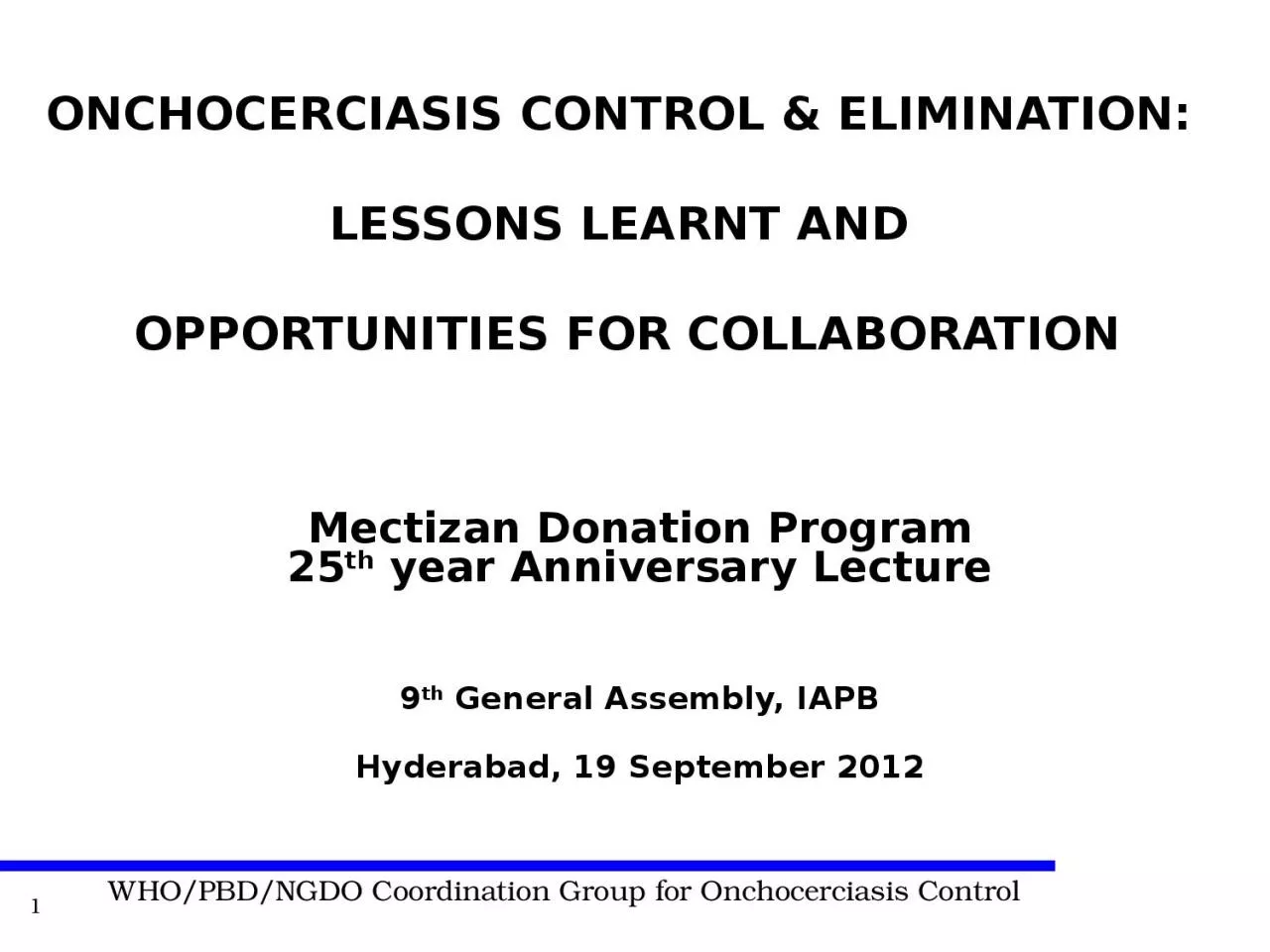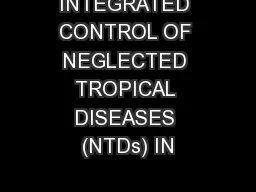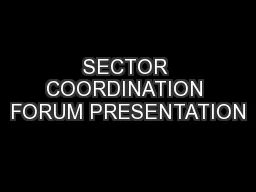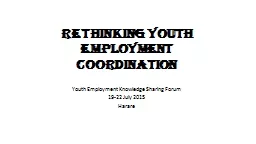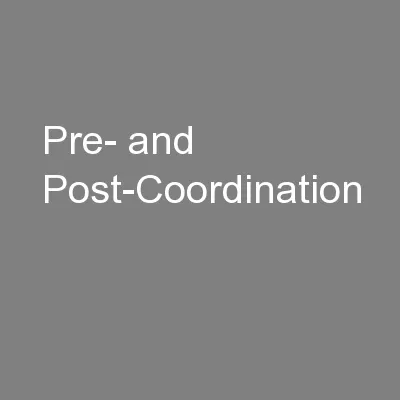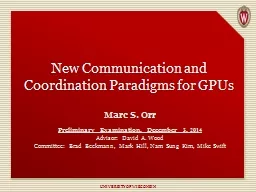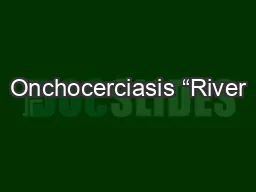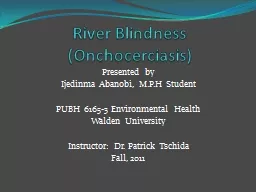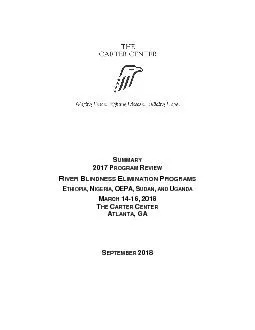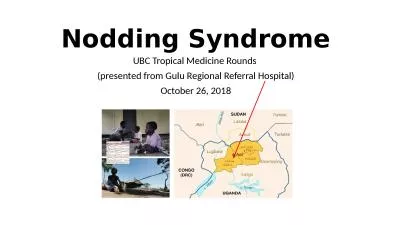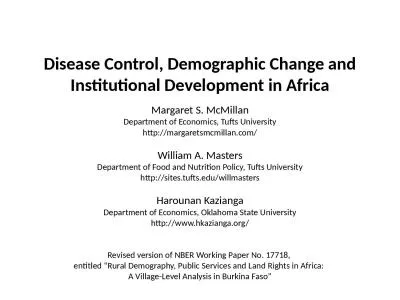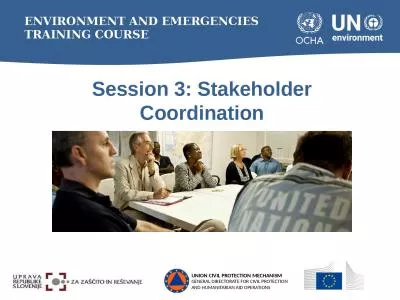PPT-WHO/PBD/NGDO Coordination Group for Onchocerciasis Control
Author : DateMeDarling | Published Date : 2022-07-27
1 ONCHOCERCIASIS CONTROL amp ELIMINATION LESSONS LEARNT AND OPPORTUNITIES FOR COLLABORATION Mectizan Donation Program 25 th year Anniversary Lecture 9 th General
Presentation Embed Code
Download Presentation
Download Presentation The PPT/PDF document "WHO/PBD/NGDO Coordination Group for Onch..." is the property of its rightful owner. Permission is granted to download and print the materials on this website for personal, non-commercial use only, and to display it on your personal computer provided you do not modify the materials and that you retain all copyright notices contained in the materials. By downloading content from our website, you accept the terms of this agreement.
WHO/PBD/NGDO Coordination Group for Onchocerciasis Control: Transcript
Download Rules Of Document
"WHO/PBD/NGDO Coordination Group for Onchocerciasis Control"The content belongs to its owner. You may download and print it for personal use, without modification, and keep all copyright notices. By downloading, you agree to these terms.
Related Documents

